If you want to follow conversation threads relating to this show on social media — whether Twitter, Facebook, or Instagram, Tumblr — you know to look for the hashtag: #99pi. In our current digital age, the hashtag identifies movements, events, happenings, brands — topics of all kinds. The “#” didn’t always have this meaning, though.
It’s had a few different lives.
The hashtag, as we know it, was born one day in 2007. An early Twitter user named Chris Messina, in anticipation of an event called BarCamp, tweeted out:
“Barcamp” doesn’t really require a hashtag, because if you type “barcamp” (with no space between “bar” and “camp”) into the search box, it’s a specific enough term that you will probably not get too many unrelated hits. But if, say, the event had been stylized “Bar Camp,” a search thereof would also yield results for bars and camps.
The idea was resonant. The “#” was a way to create clear, super-specific search term.

The pound symbol had already pervaded other corners of the web. Internet Relay Chat (IRC) used the pound sign to represent chat rooms, or conversation “channels”; another social network called Jaiku also had them.
For most people, pound symbols looked strange and new. A subset of true believers stood by the sign, and one twitter user called it a “hash tag,” hash being the British name for the sign. Eventually, “hash tag” became “hashtag.”
A few months later, in October 2007, a developer named Nate Ritter was reporting on a wildfire in San Diego, and Ritter was using Twitter to post updates as the story developed. He began related tweets with, “San Diego Fire.” Easy for a human to read, but hard for a computer to sort.
Chris Messina reached out to Nate Ritter and proposed that he use “#sandiegofire.” Then other people looking to find out about the fire would know exactly where to look on Twitter.

This is the moment when everyone realized the power of the hashtag.
Today, the hashtag is a tool used in advertisements, social movements, music videos, memes, TV shows, and in conversation.
In the world outside of Twitter, though, it is still “the number sign.” It has a lot of other uses, too. In chess, it represents a move that results in checkmate. In proofreading, it means a space should be inserted. On Swedish maps, it represents a lumber yard.
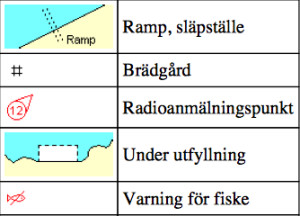
Whether called hash, pound, number sign, lumberyard — the symbol traces back to Ancient Rome.
Its story starts with the Latin term Libra Pondo, meaning “pound in weight.” This was abbreviated to lb, which we still use. When lb became standard, it was often drawn with a little bar across the tops of both letters (℔), just to show that the l and the b were connected. As scribes started writing this sign faster and faster, lb began to morph.
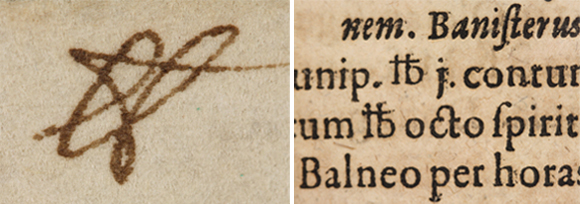
Over time, the symbol’s meaning started to bifurcate — it was used for the unit pound, and it also started to be used as a number sign. It was important enough to wind up on typewriter keyboards, which helped it survive.
Fast forward to 1963. the invention of the touch tone telephone.
The touch tone phone used buttons instead of a rotary wheel, and so unlike previous phones, the numbers no longer had to be arranged in a circle on the dial.
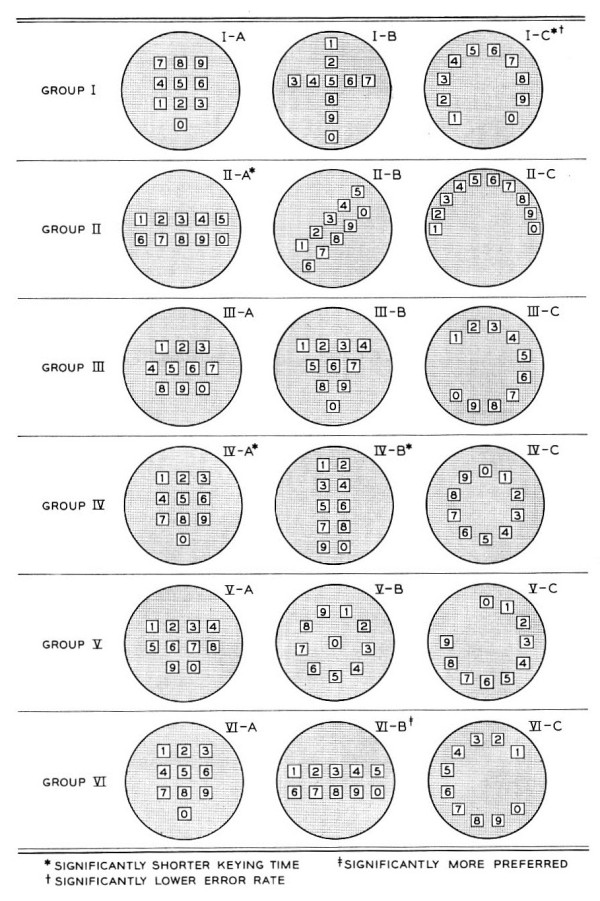
Bell Laboratories, a research subsidiary of AT&T, experimented with a few different designs for the telephone key pad. They tried arranging the numbers in two rows of five, in a circle, in a cross, in a step pattern, but ended up arranging the numbers 1 to 9 in a 3×3 grid, and put zero alone at the bottom center.
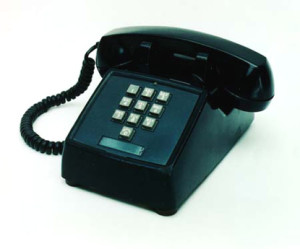
In 1968, Bell Labs they decided to add keys on either side of the zero. This would make the keypad into a nice even rectangle, and give users a few more options on a phone menu.
Unlike rotary phones, touch tone phones allow you to continue to dial after the connection has been made, enabling the new telephone systems, such as automated menus. Additional buttons, they realized, could be handy in this regard. They settled on the asterisk (*) and the number, or pound sign (#), mostly because they were symbols that they knew computers would be able to recognize and were already on the standard QWERTY keyboard.
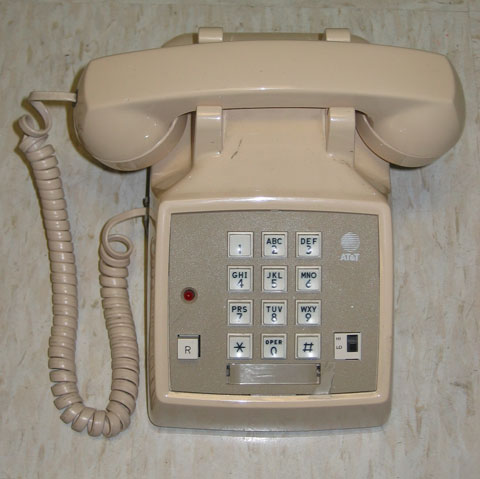
AT&T didn’t know what to call the “#” button in their manuals.
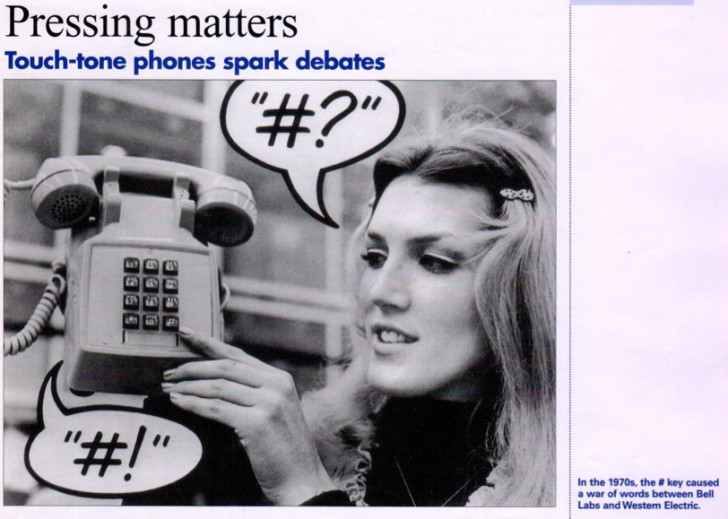
A couple of Bell Labs employees decided to call it an “Octotherp” — a name pretty much pulled out of thin air. (“Octo-” refers to the shapes eight lines that stick out of the sides; “-therp” is completely made up.)
“Octotherp” morphed into “octothorpe” — which, rumor has it, came from someone at Bell Labs changing the name to turn it into a tribute to an olympic athlete named Jim Thorpe. But no one really knows.
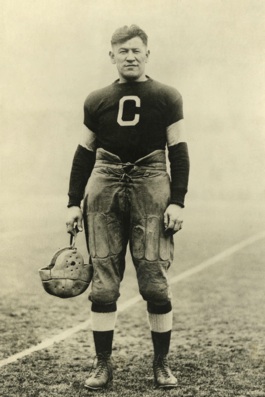
Whatever it ought to be called, Chris Messina chose to use this symbol for collating Twitter searches in 2007 because he wanted a sign that could be input from a low-tech cell phone. He had two options: octothorpe or asterisk. He chose the former.
And that is how the pound sign (or number sign, or hash mark, or octothorpe) came into ubiquity on billboards, promotional materials, protest signs, and in your annoying friend’s conversations.
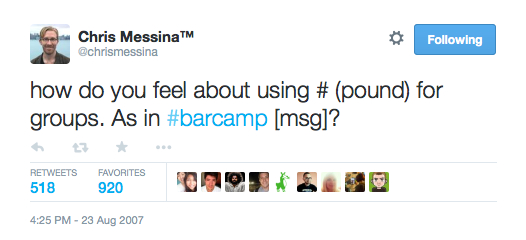

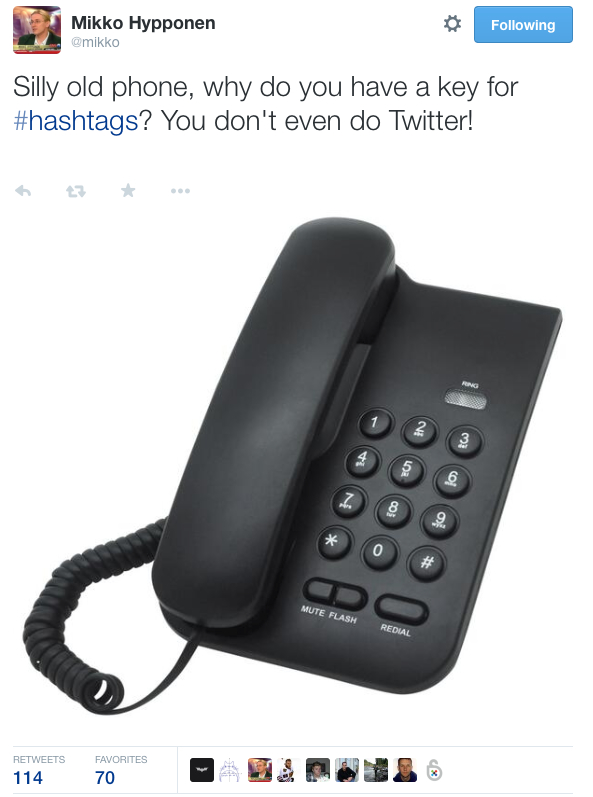



Comments (29)
Share
wow never mind all this hashtag tag business. All very interesting, but Doug Kerr, that’s the guy responsible for the caps lock? man i hTE THAT GUY
I heard a clip of “Century 21 Calling” in the show! I think someone’s a MST3K fan.
Obviously for your music selection you should choose something by the band Octothorpe. (Their site is currently inactive but see http://songfight.org/artistpage.php?key=octothorpe for a bunch of their music!)
That was a great episode — it’s those type of episodes that made me fall in love with this show.
In Hebrew the word for # is “sulameet” which translates to “little ladder.”
OMG, I love that!
According to the Bank of England, the Pound symbol £ does not originate from the letter L as stated in your episode, but is derived from the Greek letter Sigma Σ which is the mathematical symbol for sum. As in ‘the bank of England promises to pay the bearer of this note the sum of 20 pounds sterling’ or Σ20. Σ20 became £20 as it was easier to write.
Hi Andrew – I was convinced of the “L” for “libra” derivation by an old copy of Moll Flanders, in which Moll was said to be in possession of “700 L. by me in Money, besides Cloaths, Rings, some Plate, and two gold Watches.” Also, “pounds, shillings and pence” has historically (and unfortunately) been abbreviated to “L.s.d.”.
Still, though, the sigma theory is intriguing! I’ve never heard of that derivation for “£” before. Can you point me towards a source?
Roman,
As a on again/off again Community Manager, easily one of my favorite (and that’s saying a lot given the high regard I have for all your episodes) and most entertaining #99PI’s in a while! Long live the #Octothorpe!
I’m still a little confused as to why we get an illustration about Pilcrow, which probably descends from a mark derived from C (for “capitulum”, chapter), and is totally unrelated to the ℔ mark that eventually turned into #.
We make mention of the Pilcrow in the audio piece, but you’re right- it was confusing in the blog post. We’ve deleted it. Thanks!
Oh, I see. :-)
I haven’t had a chance to listen to the ‘cast yet, just saw the text syndicated on Slate.
Minor correction: While the beige phone in the photo may share design elements with 1970s phones, its AT&T logo dates that specific one to the post-Bell breakup design circa 1983. #phonephreak
Vintage 99pi. Love it.
Also, I think we should collectively call it a brädgård from now on. #brädgård
Mr Mars said “asterik”. Oy.
So, this was the Octothorpe origin tale I heard growing up:
“In cartography, [the octothorp] is a traditional symbol for village: eight fields around a central square. That is the source of its name. Octothorp means eight fields.” (From octo- (“eight”) and thorpe (“field, hamlet or small village”).)
Sound familiar to anyone else?
hank green had a good octothorpe video a few weeks ago. Covers a lot of the same ground, actually.
http://smartercreativity.com/blog/2014/12/7/octothorpe-a-symbolistic-journey
Grammar nitpicking here but “comprise” was used incorrectly twice in the show.
From AP’s Stylebook: “Comprise means to contain, to include all or embrace. It is best used only in the active voice, followed by a direct object: The United States comprises 50 states. The jury comprises five men and seven women. The zoo comprises many animals.”
For the first time in the years I’ve listened to 99pi, I see other outlets (Guardian.co.uk, Slashdot for example) carrying articles about a topic (#) at the same time 99pi is covering the topic. In this age of instant content spread, I wonder if the 99pi episode is the chicken or the egg – no, originator or copier? Given Roman’s track record, I’d say originator. BTW 99pi does by far the best job of it.
https://chamblee54.wordpress.com/2011/02/09/why-telephone-keypads-are-different-from-computer-keypads/ Here is a blog post. It looks at the question, why is 123 on top of the telephone keypad, when 123 is on the bottom of the computer keypad?
I’ll have to agree with Jon, but I have the book on my desk right here:
The Elements of Typographic Style version 3.2 by Robert Bringhurst (p. 314)
“octothorp Otherwise known as the numeral sign. It has also been used as a symbol for the pound avoirdupois, but this usage is now archaic. In cartography, it is a traditional symbol for village: eight fields around a central square. That is the source of its name. Octothorp means eight fields. [U+O023]”
Fantastic episode. Is the octothorpe a different beast to the musical sharp or is one just an italicised version of the other?
Very interesting information about the origins of hashtags, its still evolving so its limitations are endless.
It’s two sets of parallel lines, 4 lines, with one enclosed area or maybe 9 total areas. Why not quad[xxx]? What moron came up with octo?
Great episode. Thank you! Two things: first, although you gave it a very brief shoutout at the end, the # sign has been used as a musical notation for approximately nine centuries (by hundreds of millions of people by now) to indicate raising the note by a half step, long before phones, typewriters, and even printing presses. It should have received a bit more coverage by you in my opinion. And secondly, Roman, it’s “asterisk”not “asterik”! Thanks for listening and please keep up the great work.
One more usage: in computer science, # is used to indicate a hexadecimal number. Not sure of the origin of that usage.
When my daughter was little (maybe age 4?) she read the buttons on the phone out loud: 1, 2, 3, 4, 5, 6, 7, 8, 9, snowflake, zero, waffle. My husband and I both loved the snowflake and the waffle. Twitter would be just a little more fun with waffles.
But there was no Twitter search